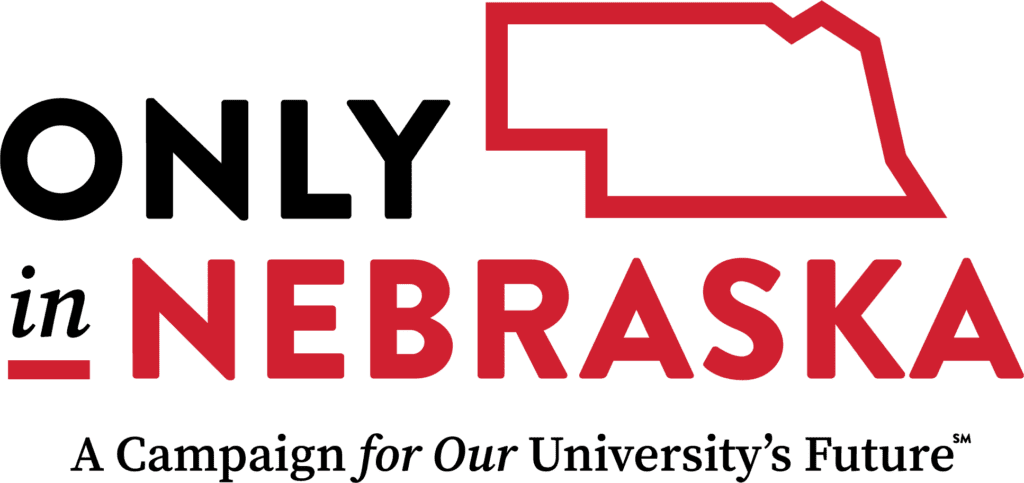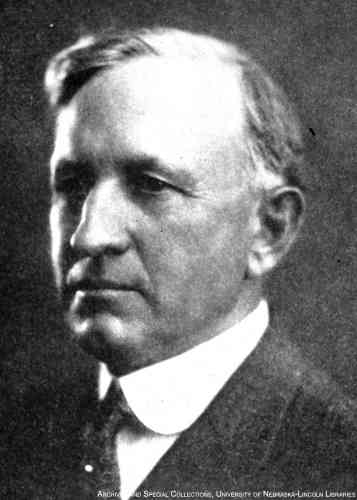Burnett looked beyond the trying times of the 1930s to the uncertain, yet promise-filled future. He recognized investment in higher education is an investment in a ”greater commonwealth,” a concept embodied in the University of Nebraska Foundation, whose founding he encouraged in 1936. The foundation is the realization of Burnett’s dream – private individuals who give their time and financial support to lay a foundation for continued excellence at the University of Nebraska.
The foundation received its first gift from J.C. Seacrest of Lincoln, in memory of his sister, to be used to construct a student activity building. In 1937, the foundation’s first bequest came from the estate of former university faculty member, David R. Major, in the amount of $325.
In its first seven years, the foundation was led entirely by volunteers. In 1943, Perry W. Branch was hired as the first full-time employee, and the first office opened in the student union on the UNL campus. Branch served the foundation for 20 years and was succeeded by Harry Haynie, who served the foundation for the next 17 years.
A number of significant events occurred in the 1970s, 80s and 90s. The first formal campaign was launched in 1977, with a $25 million goal. D. B. ”Woody“ Varner, who retired as president of the University of Nebraska, joined the foundation to lead the campaign, which raised $51.3 million. In 1987, the Dow Jones Industrial collapsed 20 percent in a single day, prompting a serious look at the foundation’s investment policies and asset allocations. The assistance of members of the foundation’s board of directors, with their expertise in finance and investments, was invaluable during this time. In the early 1990s, the foundation dramatically increased the size of its staff in Lincoln and opened an Omaha office. In 1992, Kearney State College joined the University of Nebraska system. Following that, the Kearney State College Foundation merged with the University of Nebraska Foundation, and a third foundation office, in Kearney, was opened. The next major campaign was announced in 1996 and concluded in 2000, having raised $727.7 million.






